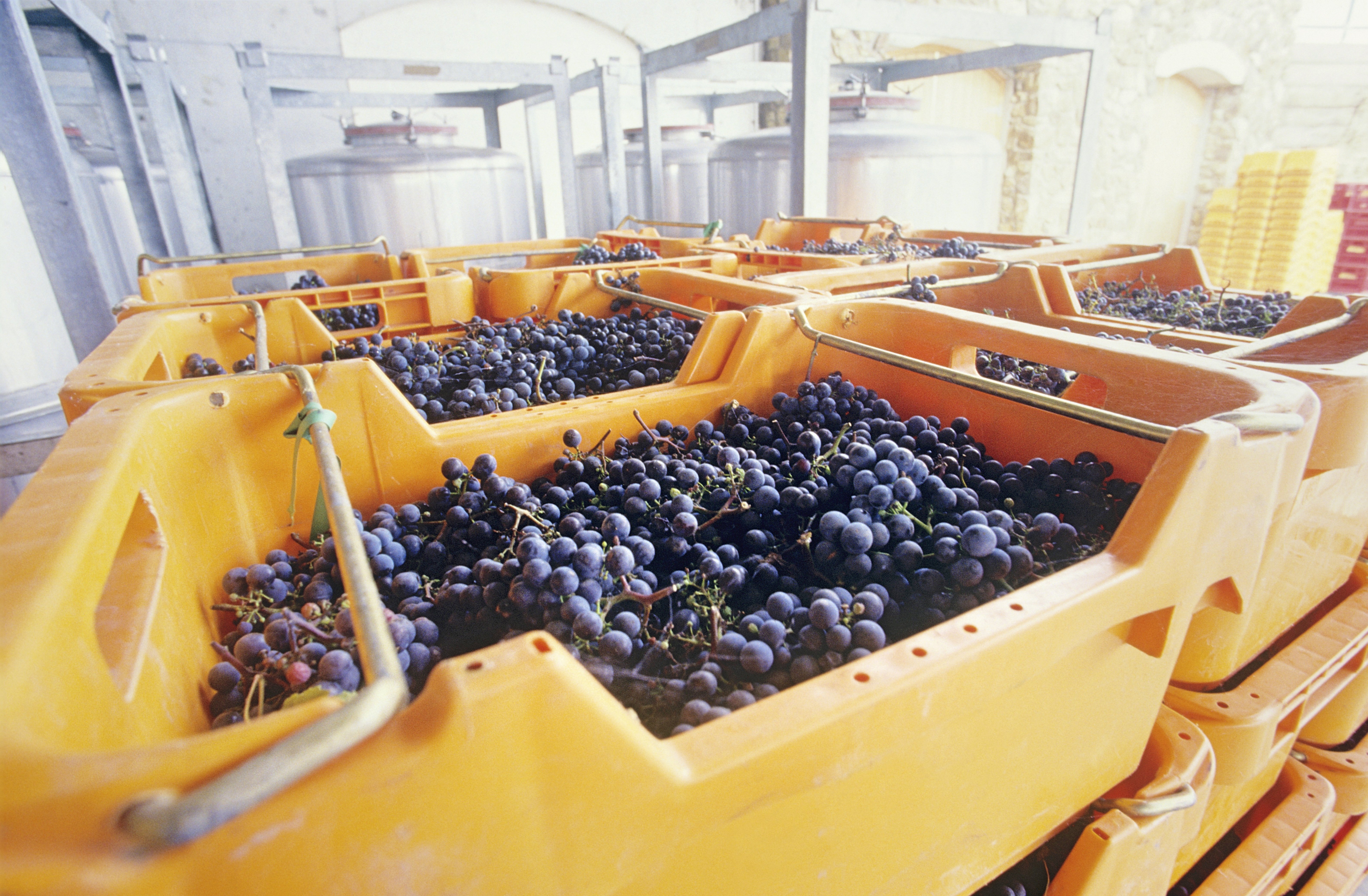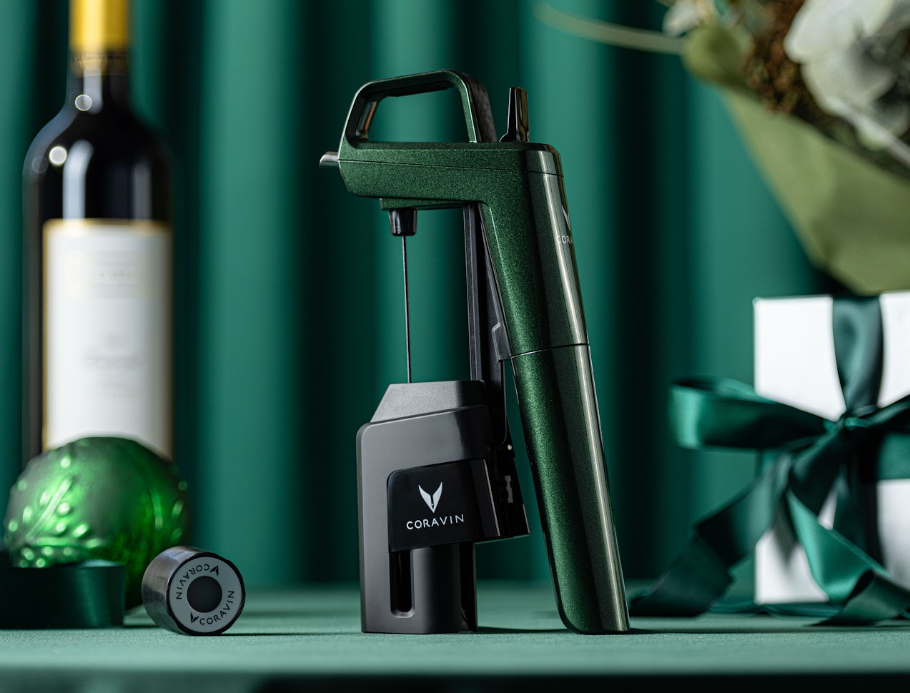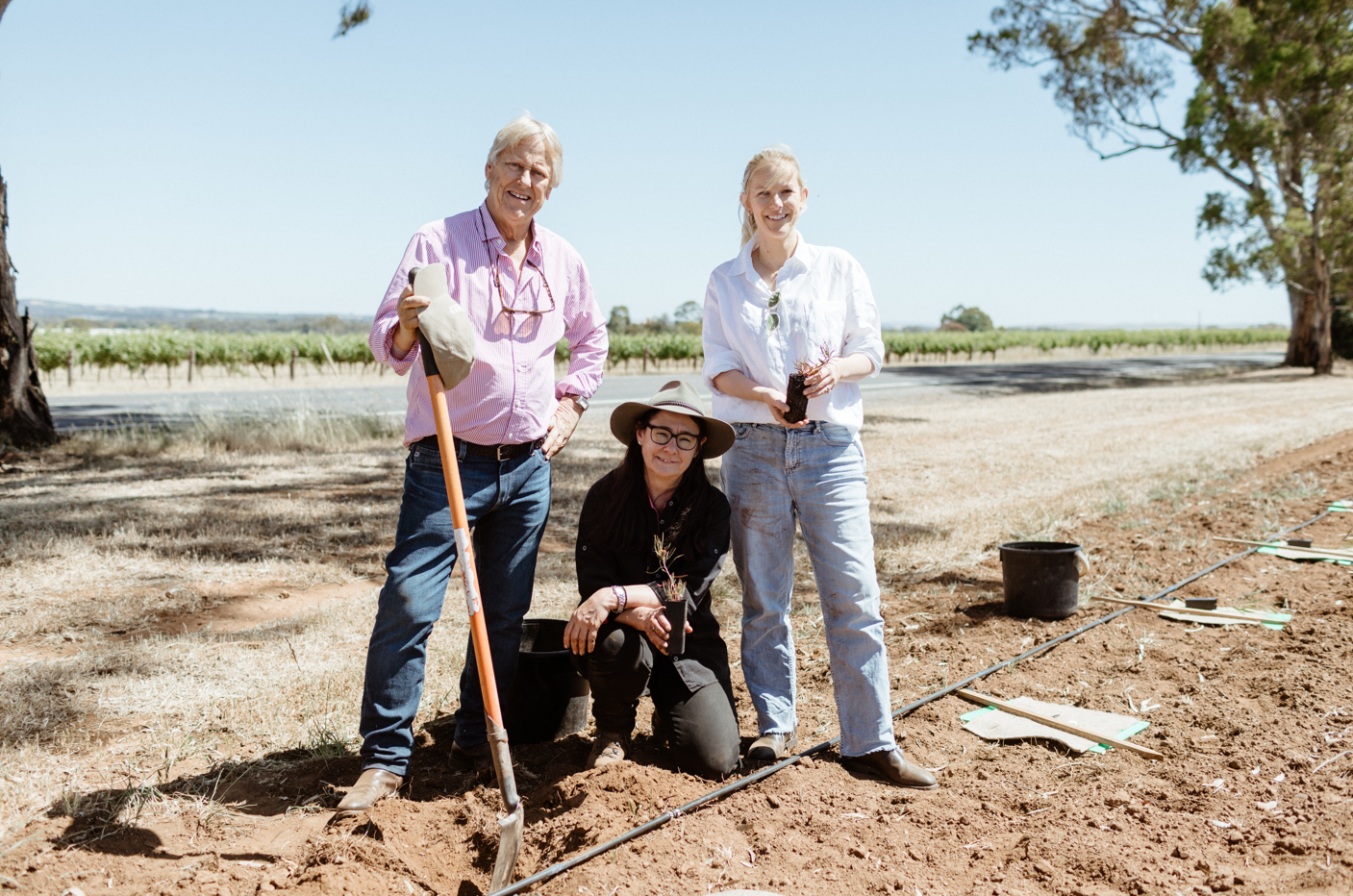Yesterday, Drinks Trade published this story outlining the key findings of Wine Australia’s National Vintage Report 2024. While the overall findings provide an important overview of the major national trends, a closer look at regional variation offers valuable insight into which regions and growers have experienced the greatest changes to market conditions over the past year.
Tasmania is the region that experienced the most notable improvement in 2024, growing 36% by volume and 51% by value on last year’s figures. Overall, Tasmanian growers received $3,146 per tonne, more than five times the national average of $613. Tasmania also continued its year-on-year growth streak, which has seen the average price per tonne of grapes increase every year since 2019, bucking national trends that saw the harvest peak in 2021.
“After four low-yielding seasons in Tasmania, a return to solid volumes has been very welcome alongside excellent quality and will help Tasmania satisfy the ever-increasing global demand for its wines,” said Paul Smart, Wine Tasmania’s Viticulture & Winemaking Officer.
“Based on wine grapes harvested across the country's 65 wine regions, Tasmania is the 13th largest by volume but the 5th most valuable, up from 10th most valuable in 2023.”
In 2024, Tasmanian growers were responsible for 1% of the national crush. By contrast, South Australia’s Riverland region sold 31% of Australia’s wine grapes. This means that struggles felt in the region have wider consequences for the greater industry.
“Economically, the Riverland is so important to this country and I don't think there's enough credit given to that,” Riverland Wine’s Executive Officer Lyndall Rowe told Drinks Trade.
Since 2021, the total value of Riverland’s grapevine production has fallen by over $150 million, or 56%, to a worth of $119.2 million. When looking at the region’s dominant red wine grapes Shiraz and Cabernet, this extends to a value reduction of 80% and 82% respectively. While Australia’s wine producing sector has bounced back 9% by volume and 2% by value since 2023, Riverland continued to experience further declines on both fronts, dropping an additional 5% by volume and 2% by value.
Drinks Trade also recently reached out to Darren Oemcke, Riverland Wine’s Independent Chair, to hear his thoughts on the importance of the Riverland region to Australian wine production overall.
“Because some of the wine producers are quite big, you don't see as much news about how the low prices are hurting them,” he said.
“One of the biggest wineries in the country is in the region, it takes half the fruit from the region. There's another three very large wineries that take fruit. We're proudly a region that produces wine that is drunk at barbecues around the world.”
Australia’s second largest wine region by volume is the Riverina in NSW, which produced 18% of Australia’s total 2024 crush volume. While this volume of 230,985 tonnes represented a 15% increase on last year and a 6% increase in total value, the average value of $347 per tonne was a 9% decrease. Since the 2021 peak vintage, Riverina’s total crush value depreciated 56%.
In this Drinks Trade article published yesterday, Peter Bailey explained that the low red grape crush, which is down 40% from its 2021 peak of 1.2 million tonnes, “is entirely driven by Shiraz, which decreased by nearly 48,000 tonnes while most other red varieties increased.” Barossa Valley, which produced 4% of Australia’s national crush in 2024, was down 24% by volume and 28% by value on 2023. Since 2021, the total value of the Barossa Valley’s crush has dropped almost 35% to just under $90 million.
On a more positive trajectory, South Australia’s Coonawarra region regained some of its lost share of Australia’s annual grape crush, growing 38% by volume and 28% by value.
Reflecting on the current situation on the ground in the Riverland, Darren Oemcke said “you're definitely going to hear more tough stories out of the region in the next couple of years: there's no two ways about it.”
Overall, Australia's wine industry crushed 1.43 million winegrapes this year. While this represents a 9% increase on 2023’s historically low crush, it still sits significantly below the 10-year average of 1.73 million tonnes. The National Vintage Report 2024 also revealed that white varieties surpassed reds for the first time in decades.
Share the content










